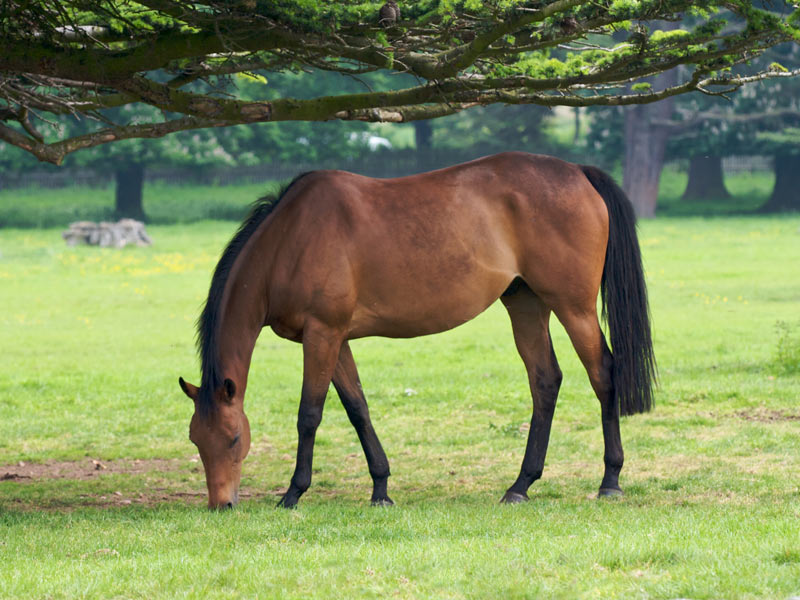 We’ve hit a point where tough decisions are being made every day about
how we’re going to spend our money. While it’s fairly simple to think of ways to trim a family’s food
budget, doing the same for a horse can be complicated. Horses need a lot more than humans do on a daily
basis, and malnutrition can have some pretty devastating effects if not corrected quickly. So how does one
keep your horse fed on a budget? Let’s take a look.
We’ve hit a point where tough decisions are being made every day about
how we’re going to spend our money. While it’s fairly simple to think of ways to trim a family’s food
budget, doing the same for a horse can be complicated. Horses need a lot more than humans do on a daily
basis, and malnutrition can have some pretty devastating effects if not corrected quickly. So how does one
keep your horse fed on a budget? Let’s take a look.
One of the biggest tips you can learn is also one of the simplest and most
natural way to cover much of your horse’s food needs: Grass. If you have a large enough property, make sure
that you have wild grass for your horse to forage from. Your horse can happily wander about, eating grass as it
goes, though make sure you’re keeping an eye on any bald spots around the yard as this could indicate that your
horse is picking the ground clean because there just isn’t enough to sustain him.
Besides simply letting your horse forage, another extremely simple tip comes
down to the age-old method of sharing. If you have neighbors who also raise horses, get together with them and
see if you’d all be interested in buying a large portion of hay all at once in order to get a bulk discount and
then sharing from there. The more neighbors you can include, the more the bulk discount can become, so be
sure to ask around.
A lot of equestrian lovers will lament the expensive nature of salt licks,
which is understandable as they seem so impractical but are incredibly important nonetheless. Horses need salt
to round out their dietary requirements, but salt licks aren’t the only way to get them into their diet. In
fact, salt licks are relatively impractical since many horses end up disliking salt licks as they can agitate
their tongues. That’s why the best solution for everyone is actually to just sprinkle common kitchen salt into
their hay. They get the salt and you don’t have to pay for an expensive salt lick.
The more advanced method to save money also happens to be one of the most
effective in the long run but does require a lot more planning on your part. A horse typically needs to eat
between 1.5% and 2% of its total body weight in hay per day, so first you’ll need to weigh your horse, then do
the needed math to figure out how much 2% of that is. Then, measure out just that much each day. If you let
your horse continually feed on your entire stock, they will inevitably eat more than necessary, so rationing
their food will go a long way toward making it last.
Owning a horse is already expensive enough; there’s no need to add to that
expense if you can help it. Take some time to get your horse the proper nutrition, but search for ways to make
practical saves. You’ll be surprised how easy it is to stretch that budget each month with just a little
planning.
Related Articles
Stable Building Tips
Bedding Pros and Cons
Mucking Out Your Horse's Stall
Feeding Your Horse
What To Feed Your Horse
Giving Up Your Horse
Horse Grooming
Do Horses Need Shoes?
Teeth and Horses
Winterizing Your Barn
Preparing to Travel With Your Horse
Winter Care for Horses
Preventing Barn and Stall Boredom
Tips for Traveling with Your Horse
Stable Requirements: Building
the Space to Meet Your Horses' Needs
Preparing Your Horse for Hot Weather
Tips for Maintaining Your Horse Trailer
Proper Hoof Care
Why Braiding Horse Hair is Beneficial to
Their Health
Tips for Taking Care of an Older Horse
How to Keep Your Horse Fed on a Budget
Transitioning Horses from Winter Feed to
Spring Feed
Why You Should Feed Your Horse Flaxseed
Dealing With an Unhappy Horse in Their
Stall